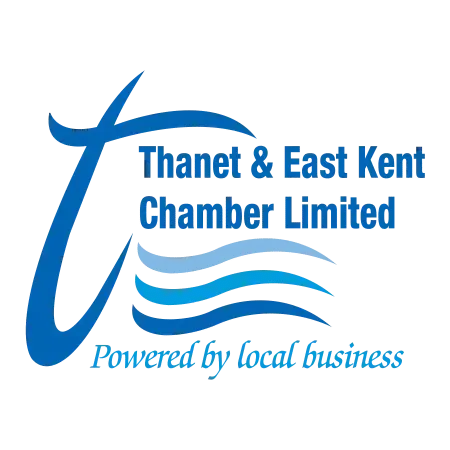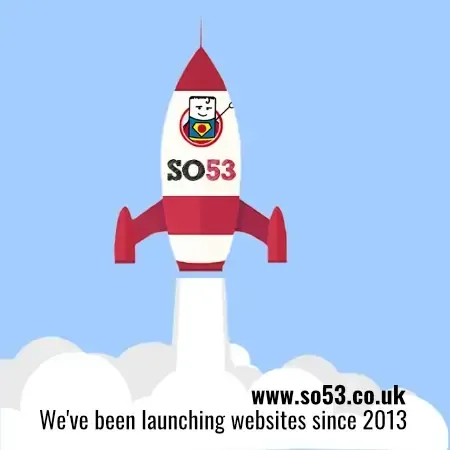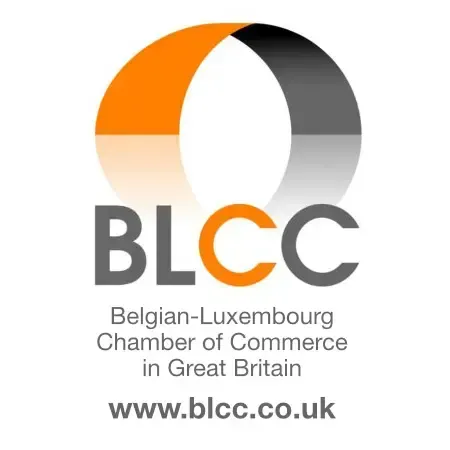The Kent & East Sussex Railway Helps to Trial 'Game Changing' Solutions for National Rail Maintenance
Next Generation of Rail Inspection
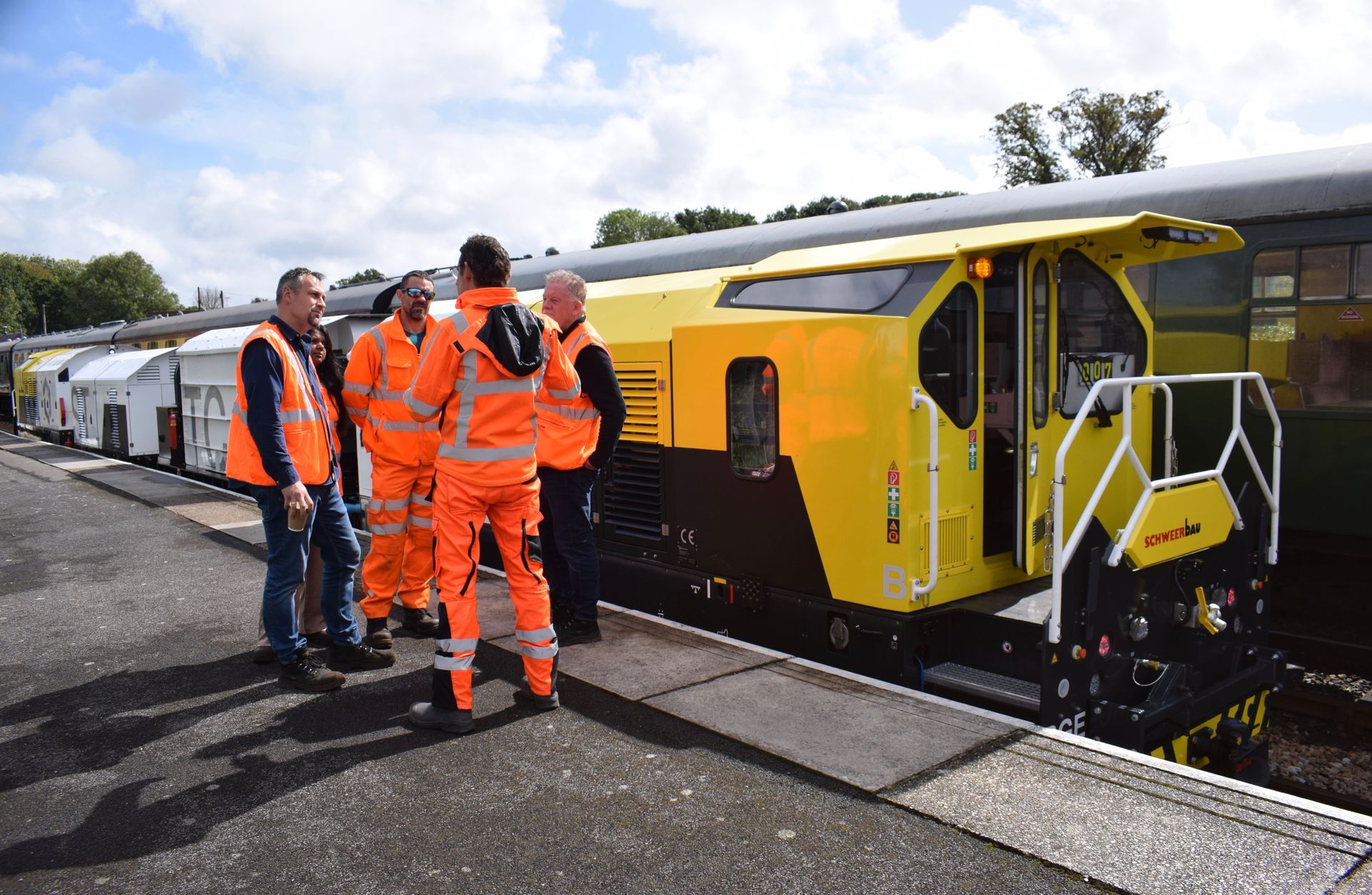
(Text and images reproduced with kind permission of Alison MIles and K&ESR who retain copyright)
The Kent & East Sussex Railway (K&ESR) may be operating as a heritage line but it is also playing an important but perhaps unrecognised role in the development of the modern railway. On 4th September the award-winning railway hosted a showcase of the next generation of rail inspection and maintenance systems from leading rail technology company Schweerbau for representatives of Network Rail, TFL and other rail operators at its Northiam station.
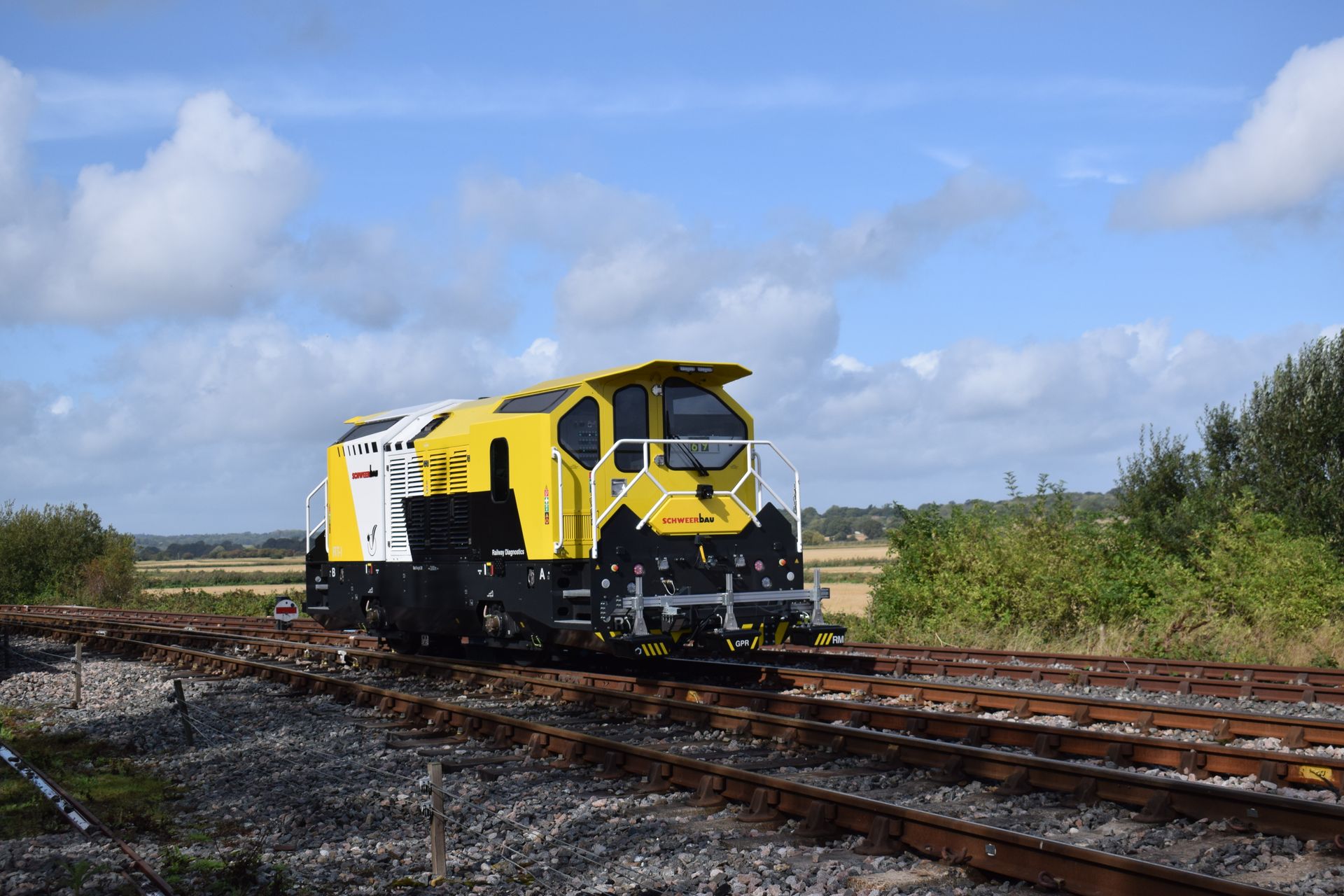
Over the past two months, teams from K&ESR and Schweerbau have been working together to test and commission a 'game changing' suite of innovative technological systems which are designed to tackle the significant challenges for modern rail maintenance: from protecting rail life to reducing environmental impact.
The K&ESR has previously played host to the rail industry's major annual training exercise, the Practical Trackwork Challenge.
Commenting on the collaboration, K&ESR Chairman Derrick Bilsby said:
"We are extremely proud to be working with Schweerbau to develop and commission this new rail technology for leading industry partners. Heritage lines provide the ideal environment for this kind of intensive testing which replicates urban environments but without the need to disrupt mainline services. What we have achieved together will mean more efficient and more environmentally friendly systems operating on all our rail systems, both modern and heritage."
Maurice Verheijen, International Director of Schweerbau Gmbh, said:
"Schweerbau are extremely grateful to the teams at K&ESR for allowing us to test and commission some of our innovative technologies for safer, quieter and cleaner railways."
Game changing RTI and RGE urban rail maintenance trains
Schweerbau have developed a next generation fleet of rail inspection and maintenance systems which will not only help the industry to significantly increase rail life but also reduce the impact on air quality.
In recent years, main-line and urban railways have experienced unprecedented growth. Passenger numbers and services have increased exponentially, and this success has subjected the railway's infrastructure to a number of pressures from higher speeds, with increased traction, to higher breaking forces and greater gross tonnage.
Following several years of development, Schweerbau have come up with ground breaking solutions to these issues: a new class of innovative railway inspection, mobile rail treatment and tunnel cleaning solutions, all installed within state-of-the-art hybrid battery powered vehicles.
The RT-I and RGE series of urban railway maintenance and inspection trains deliver a reduction in wheel-rail noise and vibration, caused by wear and damage to the railhead, which can significantly increase rail life. Rail maintenance noise and vibration also disturbs residents, as well as passengers, particularly as work can often take place at night. Schweerbau's innovations not only reduce tunnel noise but also the levels of tunnel dust created during maintenance work.
RGE Series Hybrid Powered Maintenance Vehicle
The Schweerbau RGE series of machines can be set up in a variety of configurations depending on the specific requirements. Typically, the RGE vehicle consists of hybrid powered power cars (PC-H) on either end of the set up and can be complemented with wagons installed with ST Silent Track abrasive planning technology and TC Tunnel Cleaning technology.
ST Silent Track Technology
Unlike conventional rail grinding, which uses rotating circular grinding wheels, the Silent Track rail abrasive planing car, developed by RailTechnology GmbH, consist of 12 abrasive planing blocks which oscillate longitudinally, in the direction of the rails. Uniquely, they can remove metal from both the rail head and shoulders without producing any sparks or dust.
The angle of each abrasive planing block can be adjusted, allowing metal to be removed from any targeted area of the rail profile. Positioning the abrasive blocks at different angles prevents the rail from being flattened during the planing process and also facilitates minor rail-profile changes.
The patented ST Silent Track rail abrasive planing technology incorporates an integrated swarf suction system, ensuring that no debris is left behind on the track. The orientation of the abrasive planing blocks also means that there is no need to remove any obstacles such as axle counters and lubricators before planing can begin. Treatment can be performed on both plain-line tracks and switches on any rail type.
One of the most significant advantages of using ST Silent Track is that it controls rail roughness and corrugation.
There is also an environmental advantage to the ST Silent Track system. While conventional mobile rail grinding technologies often produce flying sparks, create airborne dust and leave behind debris on the tracks, the ST Silent Track system produces no dust and is spark-free, collecting any residual machining debris as it goes.
TC Tunnel Cleaning
As urban railways often operate for more than 20 hours per day, there is an increasing need for high performing cleaning technologies which can remove dust and debris from tracks – a major challenge for operators.
Schweerbau's TC Tunnel Cleaning technology is based on a modular design where one or more TC cars can be coupled together depending on the cleaning requirements.
Powered from the PCH onboard batteries, the TC's high performance vacuuming capacity is highly efficient in collecting rubbish, debris, sand, grit and fine dust.
Cleaner railway tunnels are not only important for the health and safety of passengers and workers, but they also reduce the risks of premature failure of components, such as bearings and gearboxes on trains, as well as fire risks.
RT-I Series Hybrid Powered Railway Inspection Vehicle
The Schweerbau RT-I urban railway diagnostics vehicle is a hybrid powered dual cabin compact vehicle which is fitted with various railway inspection technologies including: loaded track geometry; GPR ballast inspection; track vision; rail and track defect detection and rail wear, and profile measuring systems. The vehicle, developed by RailTechnology GmbH from Germany, can run for several hours just on battery power and fits into nearly any loading gauge, including the tight confines of the London Underground's deep tunnels. Due to its compact dimensions, the RT-I can also be easily transported by road.
